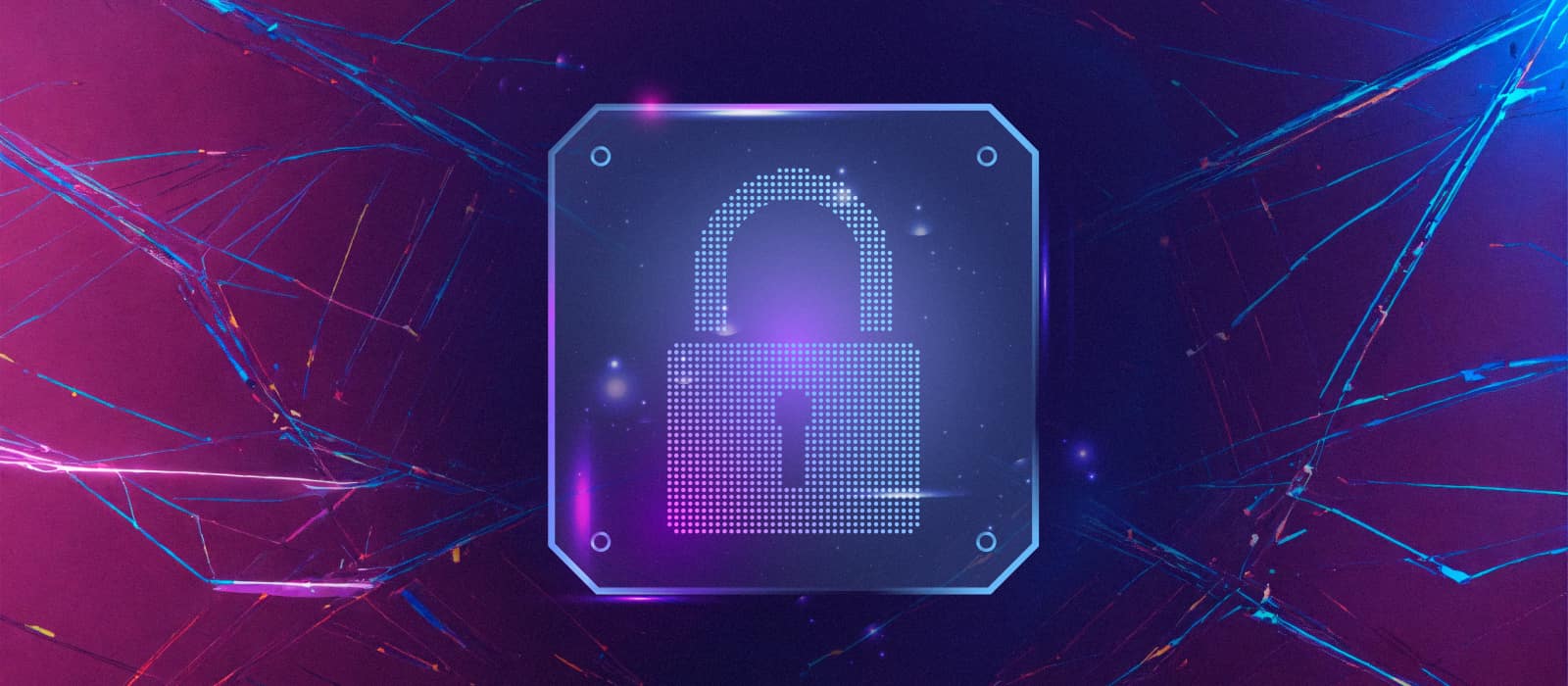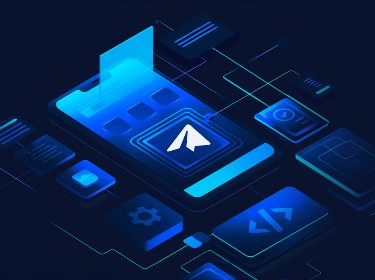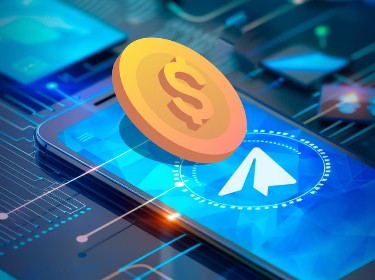With the rapid technology development comes an equally dynamic array of cyber threats. Understanding these threats is the first step in protecting your business against unseen challenges of the cyber world.
Based on what we’ve observed in 2023, cybersecurity threats continue to evolve and expand.
According to a 2023 poll by the Deloitte Center for Controllership, in the past 12 months, 34.5% of the executives surveyed reported that their business’s accounting and financial data were targeted by cybercriminals.
To help you stay ahead, our R&D consulting team has compiled a list of the top trends in cybersecurity to keep an eye on.
Check out our latest web3 hacks analysis and explore preventative tips from the PixelPlex team
12 leading cybersecurity trends to watch
![]()
Below, we’ll take a closer look at 12 cybersecurity trends that are shaping the landscape in 2025. Let’s dive in.
1. The use of generative AI in cyberattacks
As generative AI becomes more sophisticated, we’re likely to witness smarter and more personalized tactics from cyber attackers. Furthermore, the prevalence of social engineering and deepfake attacks is expected to rise significantly.
Deepfakes represent a particularly insidious threat. By creating hyper-realistic fake videos or audio recordings, malicious actors can undermine trust in the media, manipulate public opinion, or even incite chaos. The potential for harm ranges from personal attacks, such as blackmail and defamation, to large-scale disruptions, like influencing political elections or destabilizing financial markets.
This escalating threat landscape necessitates a robust and proactive response. Cybersecurity strategies need to evolve rapidly, incorporating AI-driven defenses to counter AI-driven attacks. This might include the development of AI systems specialized in detecting and neutralizing AI-generated threats, such as identifying deepfakes or predicting and mitigating AI-assisted cyber attacks.
2. Human-centric cybersecurity design
Security breaches often stem from human error and oversight, not just technological vulnerabilities. This is why businesses are starting to design systems that are both effective and user-friendly. Gartner, for instance, predicts that by 2027, 50% of Chief Information Security Officers will formally incorporate human-centric design practices into their cybersecurity programs.
The main goal of human-centric design is to make compliance with security protocols more intuitive for users. This could involve simplifying authentication processes, such as adopting biometric data instead of complex passwords, to make security more accessible and easier to manage.
Another crucial aspect of this approach is user education and training. By educating users about potential threats it is possible to create an additional layer of defense, combining technological solutions with informed user behavior.
3. AI-driven threat detection
Cybercriminals are expected to leverage artificial intelligence and machine learning to create more sophisticated attacks, including new ransomware variants and automated malware that intelligently adapts to evade detection.
Consequently, cybersecurity professionals are poised to use artificial intelligence to respond to threats more effectively. This includes developing advanced AI-driven systems capable of detecting and neutralizing threats in real time. By relying on ML, these systems can continually learn from new threats and adapt defense mechanisms accordingly.
Collaboration between AI developers and cybersecurity experts is key to this initiative, fostering a dynamic environment where continuous learning, adaptation, and innovation are at the forefront.
However, despite these advancements, the implementation of AI in cybersecurity is not without challenges, including the cost of AI development services, the necessity of specialized talent, and the risk of creating new vulnerabilities. As such, a cautious yet proactive approach is essential in harnessing the full potential of AI in fortifying our digital defenses.
Consult the PixelPlex machine learning consulting experts on the development of ML-based threat detection systems to strengthen your cybersecurity protection
4. The rise of ransomware attacks
Ransomware attacks, which block IT system access until the victim pays a ransom, show no signs of slowing down. In 2025, cyber attackers will continue to target both large systems and smaller providers in diverse industries, from healthcare to supply chain.
Besides, ransomware as a service will become more widespread. Cybercriminals no longer need to develop their malware to conduct an attack, they can simply purchase it from a seller. This makes it easier for them to launch attacks, potentially increasing the frequency and variety of ransomware threats we might see.
5. DevSecOps maturity
DevSecOps was one of the emerging trends in 2023. In 2025, it will move beyond just being a trendy term and become a fundamental aspect of software development lifecycles.
So, what does a DevSecOps consulting company really do? Basically, they make sure security is part of the process from day one, not something you bolt on later. By getting developers and security teams working together from the start, security becomes a natural part of how everything is built, which helps the whole development process run smoother and faster.
6. Quantum cryptography
Quantum cryptography represents one of the cutting-edge cybersecurity trends, driven by advancements in quantum computing.
Unlike traditional encryption methods, which rely on complex mathematical algorithms that could be broken with enough computing power, quantum cryptography is based on the physical properties of quantum particles. This means that if someone tries to intercept the quantum data, it changes its state in a way that can be immediately noticed, making it easy to detect unauthorized access.
Quantum cryptography is capable of providing a new level of security, especially crucial for protecting highly sensitive data in sectors like national security, healthcare, and finance.
Explore the benefits of integrating ML workflows into the already existing DevOps process
7. Rise in DDoS attacks
Another persistent cybersecurity trend is the rise of DDoS attacks, which involve overwhelming a targeted server or network with a flood of internet traffic, rendering it inaccessible to legitimate users. These attacks often employ large networks of compromised devices, known as botnets, to generate massive amounts of traffic.
The surge in DDoS attacks can be explained by various factors, including the growing number of internet-connected devices.
As the scale and frequency of these attacks continue to increase, they pose a serious threat to organizations of all sizes, leading to significant downtime, loss of revenue, and reputational damage.
8. Increased adoption of zero trust approach
According to Gartner, by 2026, 10% of large enterprises are expected to have a comprehensive and mature zero-trust program in place. Zero trust principle suggests that their network activity cannot be presumed safe within any perimeter.
As the threat landscape continues to evolve, the zero trust approach is expanding beyond the corporate network to the ecosystem of partnered organizations, remote workers, and IoT devices.
In 2025, zero trust moves from a purely technical network security model into a more adaptive and comprehensive approach. This shift is mainly driven by ongoing, AI-powered real-time authentication and activity monitoring. As zero trust broadens its reach, it’s starting to use more dynamic ways to check and confirm user identities across various platforms.
Find out a detailed guide on how to implement zero trust architecture to safeguard your data
9. Next-level phishing attacks
Phishing attacks, where users are tricked into giving attackers system access, will remain primary threats and become more sophisticated. Many individuals become victims of these attacks as skilled hackers create emails that seem legitimate, coming from trusted sources like the victim’s bank, a colleague they often interact with, or a favorite retailer.
With tools like ChatGPT, attackers can craft more convincing and personalized attacks. The main defense against these threats involves enhancing awareness and education across organizations. Using AI and implementing zero trust principles is also necessary to tackle these threats.
10. IoT cybersecurity attacks
The work-from-home trend and the deep integration of IoT devices into daily life bring significant risks, especially when workers connect to networks or share data using devices that aren’t properly secured.
Many IoT devices come with weak legacy authentication mechanisms that can be easily compromised. Other vulnerabilities include unsecured communications and outdated or poorly configured network protocols.
In light of these vulnerabilities, it’s crucial to develop robust security protocols specifically for IoT devices, including strong encryption standards and two-factor authentication to enhance security.
Additionally, educating users about best practices in IoT security, such as regularly changing passwords and avoiding public Wi-Fi for sensitive transactions, is vital in reducing the risk of cyber breaches in a work-from-home environment.
Our team delivered iBeacon-enabled web and mobile IoT apps for data-intensive workflows management for BMW managers. Find more details in our case study
11. Focus on data breaches
The volume and sensitivity of data held by organizations increases each year. The potential for significant financial gain, either through direct theft, ransom demands, or selling sensitive information on the black market, makes data breach attacks highly lucrative.
Data breaches can lead to extensive consequences, such as financial losses, damage to reputation, and legal challenges. That’s why it’s crucial for organizations to establish strong cybersecurity measures and policies, helping them safeguard their assets effectively.
12. Advancements in cybersecurity regulation
Advancements in cybersecurity regulation are emerging as a significant cybersecurity trend in 2025, with authorities responding to the evolving digital threat landscape.
Governments and organizations are starting to recognize how cyber threats can shake things up, not just in terms of national security, but also the economy. Data breaches can extend beyond technical headaches, potentially causing social and political issues. This growing awareness is the major factor that contributes to the creation of new regulations around cybersecurity.
We compiled a list with key cybersecurity trends businesses should be aware of. Check it out
Enhance your cybersecurity with PixelPlex
Staying informed and prepared is key to safeguarding your organization against the myriad of cyber threats. If you’re looking for assistance in evaluating or enhancing your cybersecurity, consider reaching out to PixelPlex technology consultants.
With 16 years in the market and a diverse range of expertise, our IT consultants possess the experience and knowledge needed to protect your assets effectively. Plus our software testing services providers make sure your systems stay secure and run smoothly.
Trust us to be your partner in navigating the complex world of cybersecurity.




